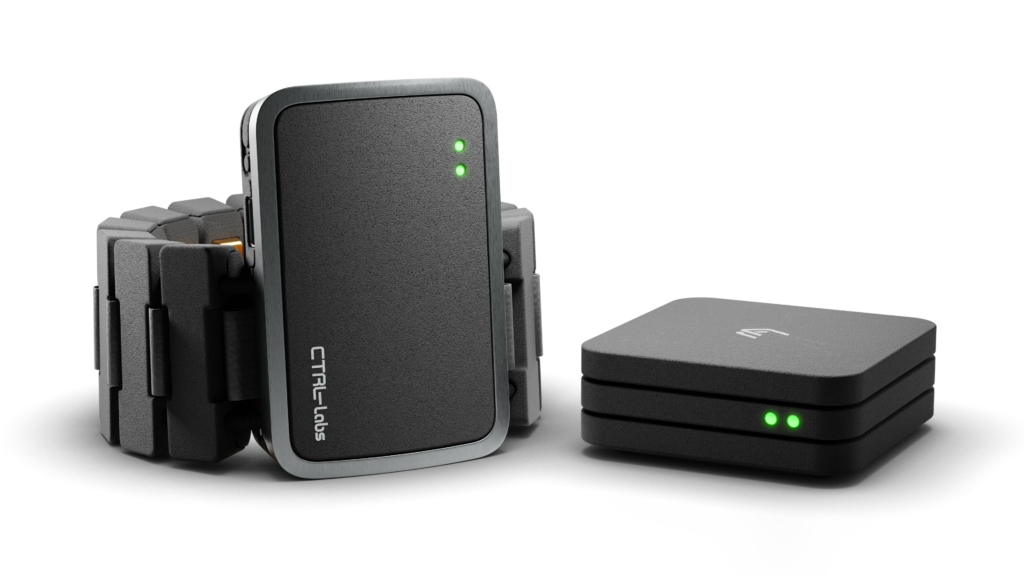 EMERGING TECH
EMERGING TECH
 EMERGING TECH
EMERGING TECH
 EMERGING TECH
EMERGING TECH
Social networking giant Facebook Inc. has acquired neural interface startup CTRL-labs, an East Coast startup that reads brain signals, for an undisclosed price.
Bloomberg, quoting people familiar with the matter, today pegged the acquisition price as $500 million to $1 billion.
At either end of the estimated price, it’s a nice cash-out for investors, which include GV (previously Google Ventures), Lux Capital, Matrix Partners, Spark Capital, Fuel Capital, Amazon Alexa Fund, Breyer Capital, Matrix Partners, Spark Capital and Vulcan Capital. In all, they had invested $67 million into the company over three rounds.
Founded in 2015, CTRL-labs developed a noninvasive neural interface that is pitched as fundamentally reimagining how humans and machines collaborate. The company’s technology allows developers to address issues of immersion and control in the fields of X Reality, robotics, productivity and clinical research.
CTRL-labs’ main product, CTRL-kit, is a wireless electromyography device that’s said to translate neural signals into control. Using the CTRL-kit software development kit and application programming interface, developers can begin integrating neural control into their applications.
Andrew Bosworth, Facebook vice president and the head of the company’s augmented reality and virtual reality unit, confirmed the deal on Facebook today.
“We spend a lot of time trying to get our technology to do what we want rather than enjoying the people around us,” he wrote. “We know there are more natural, intuitive ways to interact with devices and technology. And we want to build them.”
To do that, he added, CTRL-labs will join the Facebook Reality Labs team, “where we hope to build this kind of technology, at scale, and get it into consumer products faster.”
Bosworth added that the vision for CTRL-labs and now Facebook is a wristband that lets people control their devices as a natural extension of movement. That vision is both arguably exciting and scary at the same time.
“Here’s how it’ll work: You have neurons in your spinal cord that send electrical signals to your hand muscles telling them to move in specific ways such as to click a mouse or press a button,” Bosworth explained. “The wristband will decode those signals and translate them into a digital signal your device can understand, empowering you with control over your digital life. It captures your intention so you can share a photo with a friend using an imperceptible movement or just by, well, intending to.”
With Facebook already facing antitrust probes, issues with its cryptocurrency and ongoing privacy scandals, governments may soon be even more concerned about Facebook’s power as it’s supplemented by the new technology. If it works as advertised, Facebook now owns a company that can reads brains, a step into what was once hard science fiction.
Support our open free content by sharing and engaging with our content and community.
Where Technology Leaders Connect, Share Intelligence & Create Opportunities
SiliconANGLE Media is a recognized leader in digital media innovation serving innovative audiences and brands, bringing together cutting-edge technology, influential content, strategic insights and real-time audience engagement. As the parent company of SiliconANGLE, theCUBE Network, theCUBE Research, CUBE365, theCUBE AI and theCUBE SuperStudios — such as those established in Silicon Valley and the New York Stock Exchange (NYSE) — SiliconANGLE Media operates at the intersection of media, technology, and AI. .
Founded by tech visionaries John Furrier and Dave Vellante, SiliconANGLE Media has built a powerful ecosystem of industry-leading digital media brands, with a reach of 15+ million elite tech professionals. The company’s new, proprietary theCUBE AI Video cloud is breaking ground in audience interaction, leveraging theCUBEai.com neural network to help technology companies make data-driven decisions and stay at the forefront of industry conversations.